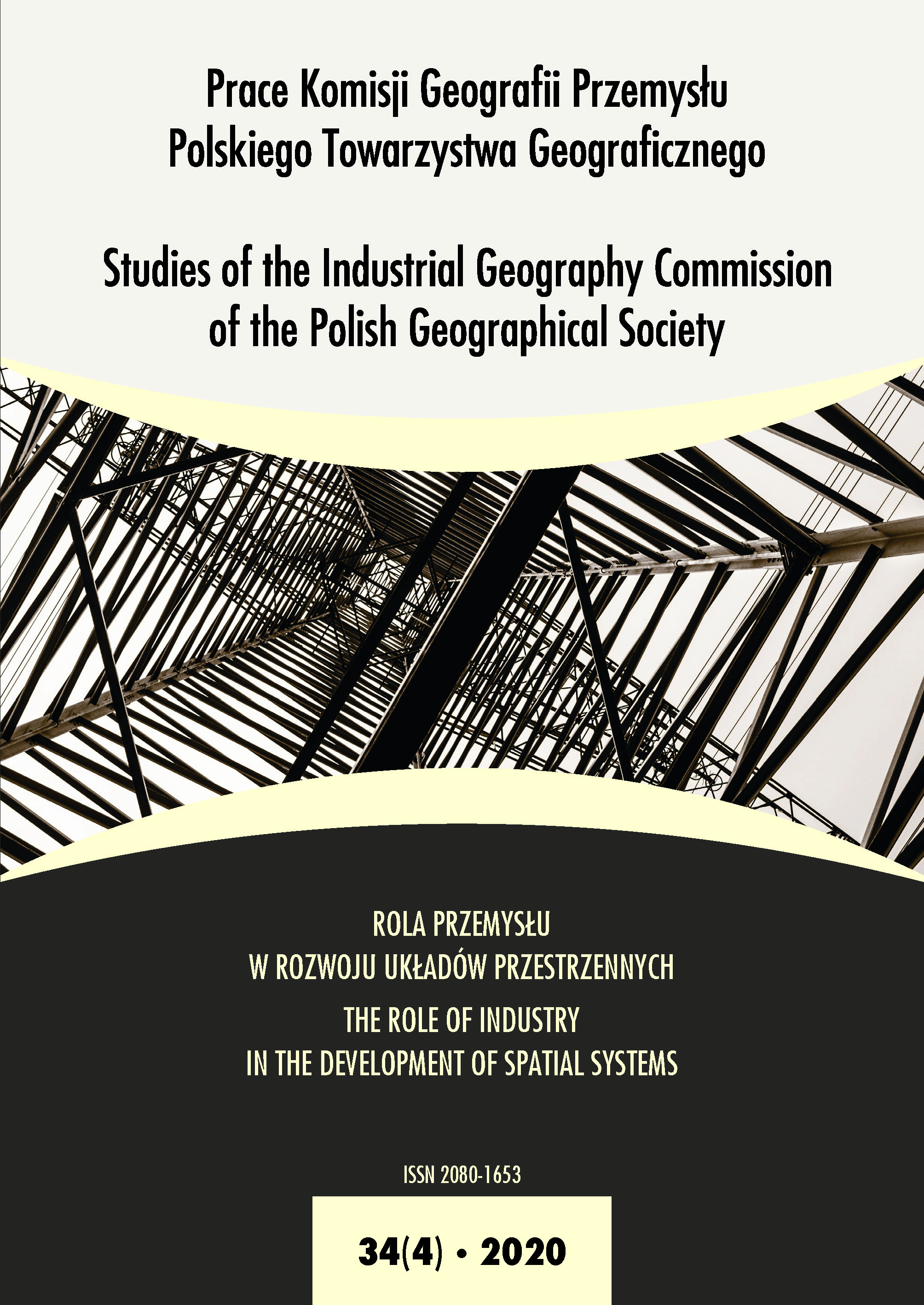Determinants and prospects for the development of the Polish yacht industry
DOI:
https://doi.org/10.24917/20801653.344.1Keywords:
development trends, innovation, SWOT analysis, yacht industryAbstract
The growing position of the Polish yacht industry in international markets is the result of many years of innovative activity by enterprises in terms of product, process, organisation and marketing. The competitive advantage achieved has led to a gradual increase in domestic production, in the number of entities involved in construction, as well as in the production and sales of yachting equipment. The following study aims to define the determinants and prospects for the development of the Polish yacht industry against a background of market processes and socio-cultural phenomena. With further exploitation of the market niche, Polish producers can be competitive in international markets thanks to material, technology, design, project, organisation and marketing innovativeness. Having good brands, no need for relocation of production, a favourable price-quality ratio, but above all, the quality and quantity of the products allow for optimism concerning the production and sales of yachts in the future. It is also indicated by demand, including an increasing domestic component which significantly exceeds supply. Its fundamental determinant is the growing wealth level and the fashion for spending free time on the water, and this includes the fashion for
water houses.
Downloads
Metrics
References
Bochańczyk-Kupka, D. (2014). Luksus i dobra luksusowe. Studia Ekonomiczne. Uniwersytet Ekonomiczny w Katowicach, 176, 97–108.
Centkowski, J. (2014). Polski przemysł jachtowy, historia rozwoju i droga do sukcesu. Przemysł Jachtowy, 1, 15–31.
Czapliński, P. (2018). Przemiany w polskim przemyśle przetwórstwa rybnego. Prace Komisji Geografii Przemysłu Polskiego Towarzystwa Geograficznego [Studies of the
Industrial Geography Commission of the Polish Geographical Society], 32(2), 60–72. doi:10.24917/20801653.322.4
ICOMIA, (2018). Recreational Boating Industry Statistics 2017. Retrieved from: https://www.bvww.org/fileadmin/user_upload/bvww/PDF_Dateien/ICOMIA_Statistics_Yearbook/ICOMIA_Recreational_Boating_Industry_Statistics_2017_ed2_-_UNPROTECTED.pdf
Jung-Woo, K., Deuk-Kyu, B., Young-Il, B. (2010). New Industrial Trends Post-Global Financial Crisis. SERI Quartaly, IV, 15–21.
Janasz, W. (2012). Determinanty kształtowania innowacyjności organizacji. Ekonomiczne Problemy Usług, 88, 741–753.
Kapferer, J. (1997). Managing Luxury Brands. Journal of Brand Management, 4, 251–260. doi https://doi.org/10.1057/bm.1997.4
KPMG. (2018). Rynek dóbr luksusowych w Polsce. Retrieved from: https://assets.kpmg/content/dam/kpmg/pl/pdf/2018/11/pl-Rynek-dobr-luksusowych-w-Polsce-2018.PDF
PIE. (2019). Rekreacja dźwignią eksportu. Tygodnik Gospodarczy PIE, 23, 4–5.
Poniatowska-Jaksch, M. (2015). Światowe trendy w przemyśle – wyzwania dla Polski. In: M. Poniatowska-Jaksch, R. Sobiecki (red.), Przedsiębiorstwo przemysłowe w Polsce. Warszawa: Oficyna Wydawnicza SGH.
Rocznik Statystyczny Gospodarki Morskiej. (2014–2018). Warszawa: GUS.
Vigneron, F., Johnson, L. W. (1999). A Review and a Conceptual Framework of Prestige-Seeking Consumer Behavior. Academy of Marketing Science Review, 1, 1–15.
Wasilewski, K. (2018). Polska jachtem stoi. Wprost, 44, 64–67.
Zioło, Z. (2009). Rola przemysłu w procesie kształtowania społeczeństwa informacyjnego. Prace Komisji Geografii Przemysłu Polskiego Towarzystwa Geograficznego [Studies of the Industrial Geography Commission of the Polish Geographical Society], 13, 11–20.
Downloads
Published
How to Cite
Issue
Section
License
Articles are published under the terms of the Creative Commons License (CC BY-ND 4.0; Attribution– NoDerivs).

